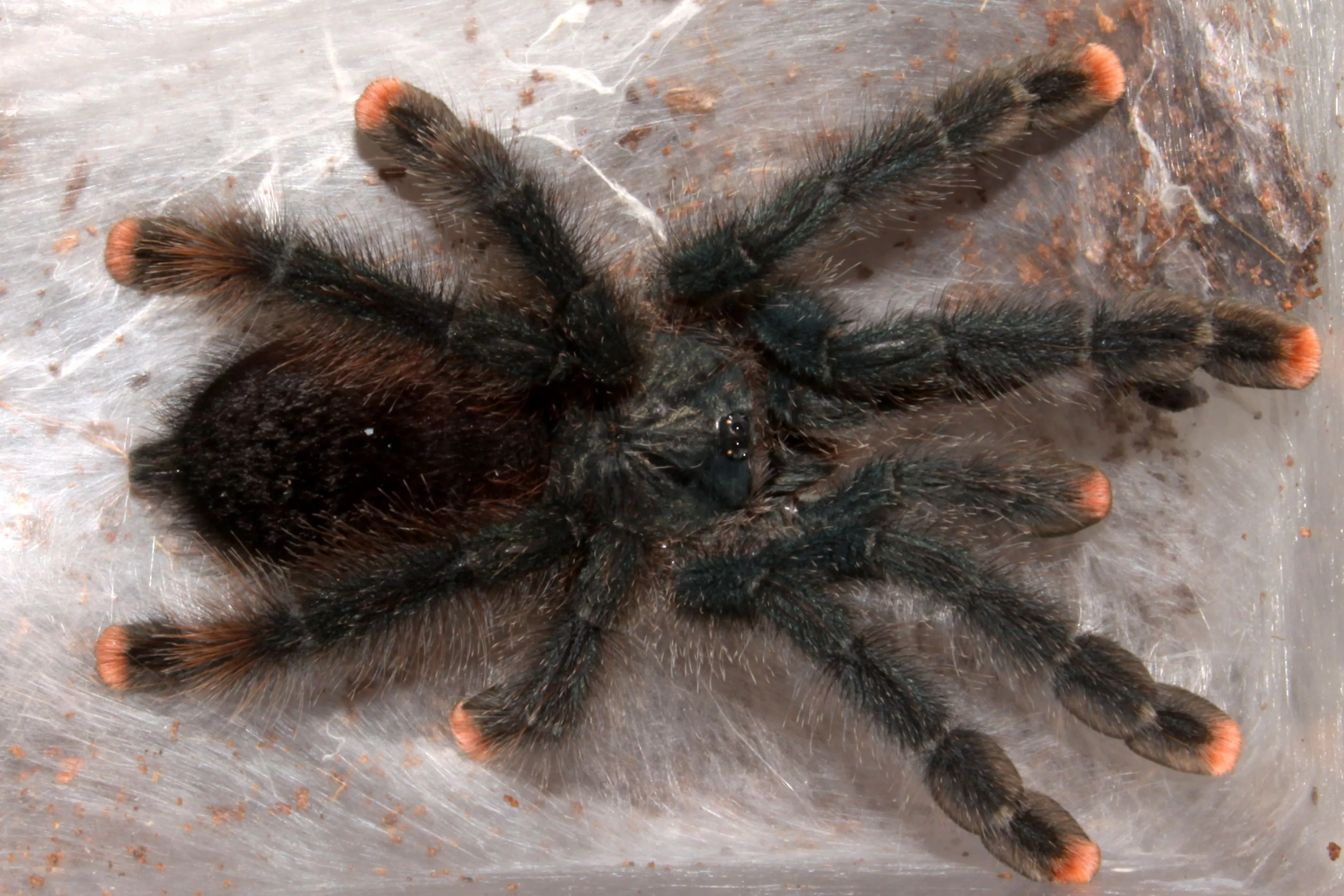What are Tarantulas
Tarantulas are large, hairy spiders belonging to the Theraphosidae family. These fascinating creatures are found in various habitats worldwide, from tropical rainforests to arid deserts. Known for their impressive size and often vibrant colors, tarantulas are a popular choice for pet owners and a subject of great interest for arachnologists. While many people fear them, tarantulas are generally not aggressive and have a relatively mild venom, though their size can make a bite feel like a bee sting. They play a crucial role in their ecosystems by controlling insect populations. Their diverse appearances and unique behaviors make them captivating subjects to study and observe. Understanding tarantulas starts with appreciating their variety, from the gentle giants of the New World to the sometimes more defensive species of the Old World.
Diverse Tarantula Kinds
The world of tarantulas is incredibly diverse, encompassing hundreds of species with varying sizes, colors, and behaviors. They are broadly categorized into New World and Old World tarantulas, based on their geographical origins. This classification is crucial, as the different groups often exhibit distinct temperaments and defensive mechanisms. New World tarantulas, found in the Americas, are often considered more docile and rely on urticating hairs as their primary defense. Old World tarantulas, originating from regions like Africa and Asia, tend to be quicker to bite and possess more potent venom. The diverse nature of tarantulas means there is a species to suit almost any enthusiast’s interest, from the novice to the experienced keeper.
New World Tarantulas
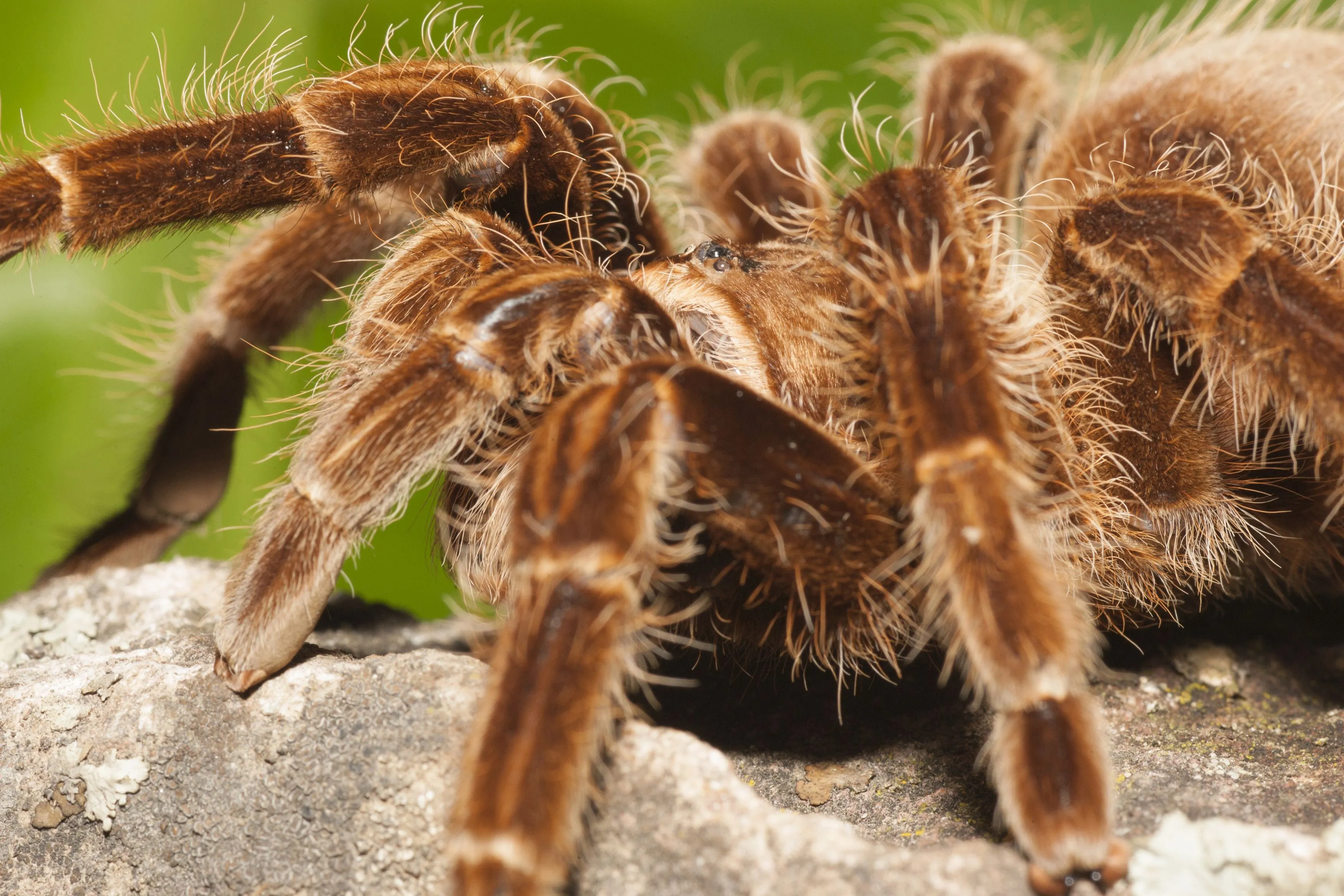
New World tarantulas are generally favored by beginners due to their calmer demeanor and the presence of urticating hairs. These hairs, which are tiny barbed bristles on their abdomen, are flicked off by the tarantula when it feels threatened, causing skin and eye irritation in potential predators. Examples of popular New World tarantulas include the Mexican Red Knee (Brachypelma hamorii) and the Chilean Rose (Grammostola rosea). These species are known for their beautiful coloration and relatively docile nature, making them ideal for those new to tarantula keeping. However, even New World tarantulas can bite if provoked, so it is essential to handle them with care and respect.
Old World Tarantulas
Old World tarantulas are often more defensive and are not recommended for inexperienced keepers. They typically lack urticating hairs and rely on biting as their primary defense mechanism. Their venom can be more potent, leading to a more painful bite, though serious medical complications are rare. Examples include the African Baboon spider (Genus: Pterinochilus) and the Asian Earth Tiger (Cyriopagopus spp.). These tarantulas are known for their speed and aggression. Their care requires a higher level of experience and caution. The vibrant colors and unique behaviors of Old World tarantulas make them captivating, but their care should be reserved for experienced keepers.
Tarantula Kinds Amazing Fact 1
Tarantulas can live for a surprisingly long time. Some species, especially females, can live for over 20 years in captivity. This longevity makes tarantulas a long-term commitment. The lifespan varies greatly depending on the species, with some smaller species living for only a few years. Diet, environment, and genetics all play a role in a tarantula’s lifespan. A well-cared-for tarantula has the potential to be a companion for many years, offering an intriguing and low-maintenance pet option for those willing to make the commitment.
Tarantula Kinds Amazing Fact 2
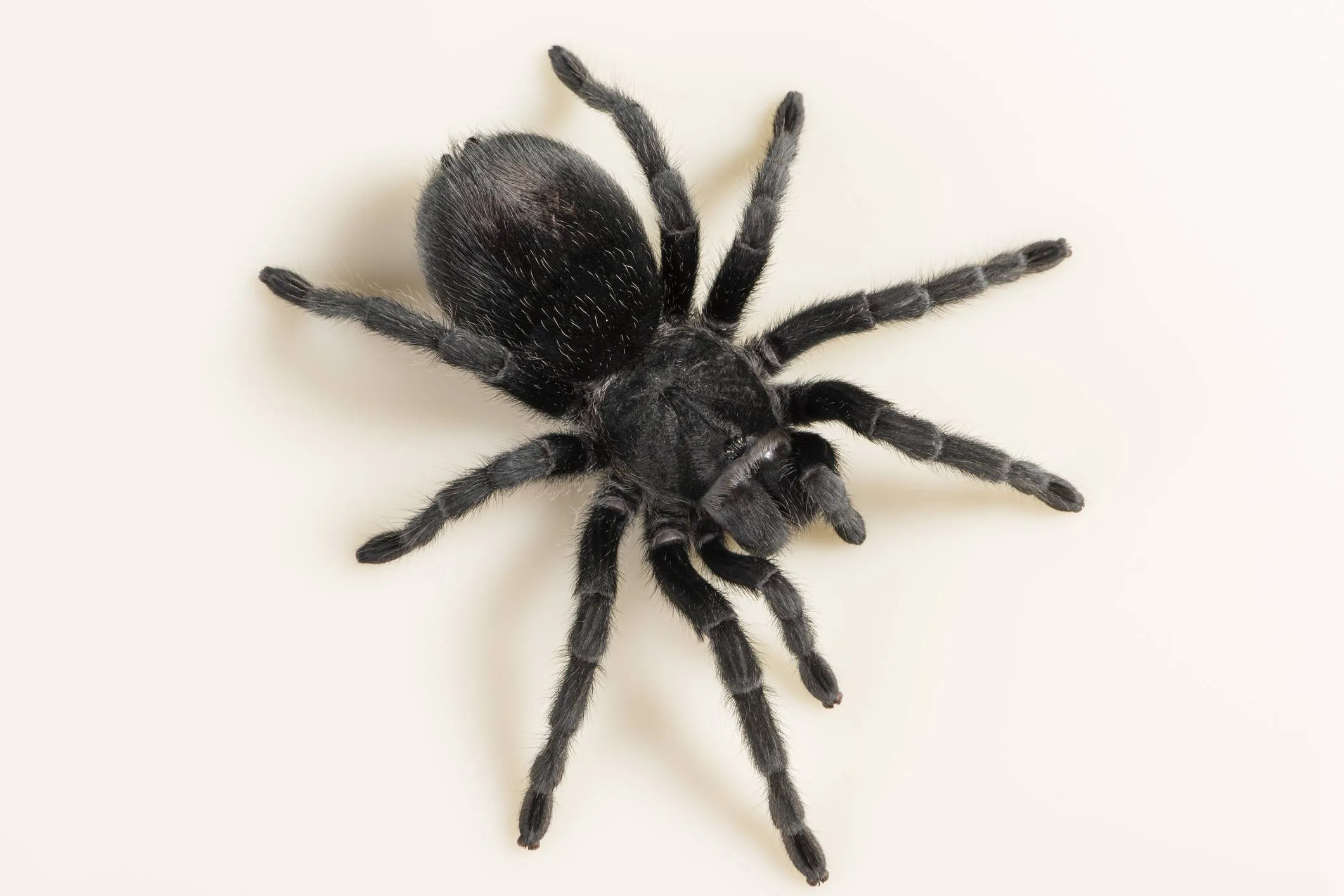
Tarantulas molt, or shed their exoskeleton, as they grow. This process can be a fascinating spectacle to observe. Molting allows the tarantula to shed parasites and grow larger. Before molting, the tarantula may appear sluggish and stop eating. The new exoskeleton is soft and vulnerable, and the tarantula will stay hidden until it hardens. Molting frequency varies with age and feeding, with younger tarantulas molting more often than adults. It’s a crucial part of their life cycle.
Tarantula Kinds Amazing Fact 3
Tarantulas have diverse hunting strategies. They are ambush predators, waiting patiently for prey to come within striking distance. Their venom paralyzes or kills the prey, and they then use digestive enzymes to liquefy the meal before consuming it. Tarantulas can also go for extended periods without food, making them relatively low-maintenance pets. Their hunting behavior is a testament to their adaptability and efficiency as predators.
Tarantula Kinds Amazing Fact 4
Tarantulas have unique defenses. New World tarantulas use urticating hairs as a primary defense, flicking them at potential threats. Old World tarantulas rely more on biting. Many tarantulas also have powerful chelicerae (fangs) and can stridulate (make a hissing sound) by rubbing parts of their body together to ward off danger. These defensive mechanisms showcase the tarantula’s ability to survive in diverse environments and fend off predators.
Tarantula Kinds Amazing Fact 5
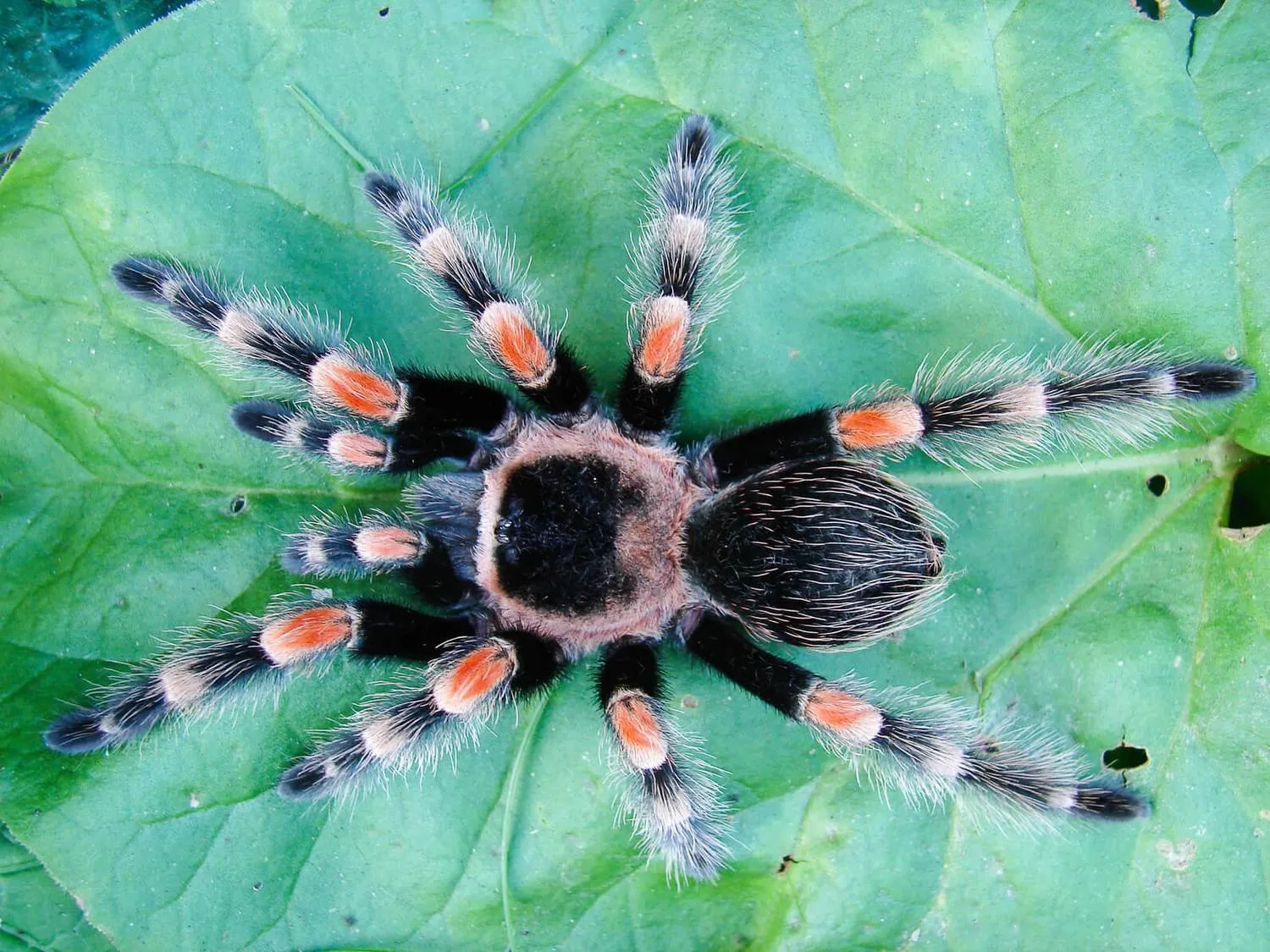
Tarantulas show remarkable variation in size and appearance. From the small, brightly colored species to the giant goliaths, there is a tarantula to captivate every observer. Coloration ranges from browns and blacks to vibrant blues, oranges, and reds. These variations highlight the adaptability and evolutionary success of these creatures. The sheer diversity of sizes, colors, and behaviors underscores the fascinating nature of these arachnids, making them popular subjects for both pet owners and scientists.
Caring for Different Tarantula Kinds
Habitat and Enclosure
The enclosure is crucial for the well-being of your tarantula. It should be appropriately sized for the species and the individual tarantula. A secure lid is essential to prevent escape. Substrate, such as coconut fiber or peat moss, should be provided to maintain humidity and allow the tarantula to burrow. Decorations like cork bark or artificial plants can offer hiding places and enrichment. The enclosure should be kept clean and free from uneaten food to prevent mold and mites. Ventilation is also important to ensure fresh air circulation.
Feeding and Diet
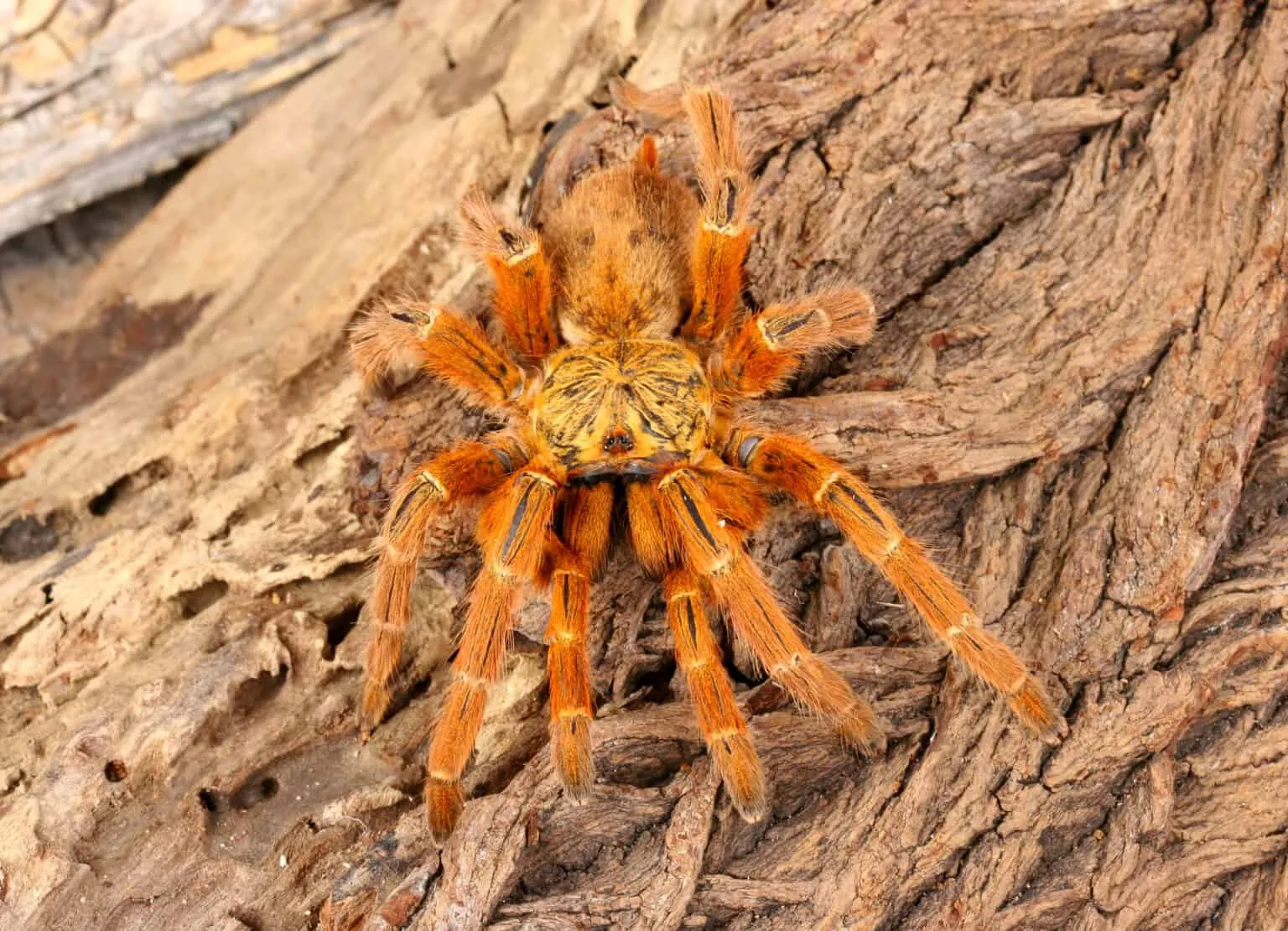
Tarantulas are carnivores, primarily feeding on insects. Crickets, mealworms, and roaches are common food sources. The size of the prey should match the size of the tarantula. Provide fresh water in a shallow dish. Feeding frequency depends on the tarantula’s age and species, but generally, juveniles should be fed more often than adults. Avoid overfeeding, which can lead to health problems. Observe your tarantula’s feeding habits and adjust the diet accordingly. Always remove uneaten food to prevent mold growth.
Handling and Safety
Handling tarantulas should be done with caution, if at all. While some species are more docile, it is still possible for any tarantula to bite or flick urticating hairs if they feel threatened. Handle them close to the floor to minimize the distance of a potential fall. Never force a tarantula to do anything. Always wash your hands before and after handling your pet to prevent any contamination. If bitten, clean the area thoroughly. If hairs are introduced into the eyes, irrigate the area immediately.
Common Health Issues
Tarantulas are generally hardy creatures, but they can be susceptible to certain health issues. These include mites, mold, and infections. Proper enclosure maintenance, including regular cleaning and appropriate humidity, can help prevent these problems. Ensure the enclosure is at the right temperature for the species. Watch for signs of illness, such as lethargy, loss of appetite, or unusual behaviors. Consult a veterinarian experienced with exotic animals if you suspect your tarantula is sick.
Identifying Different Tarantula Kinds
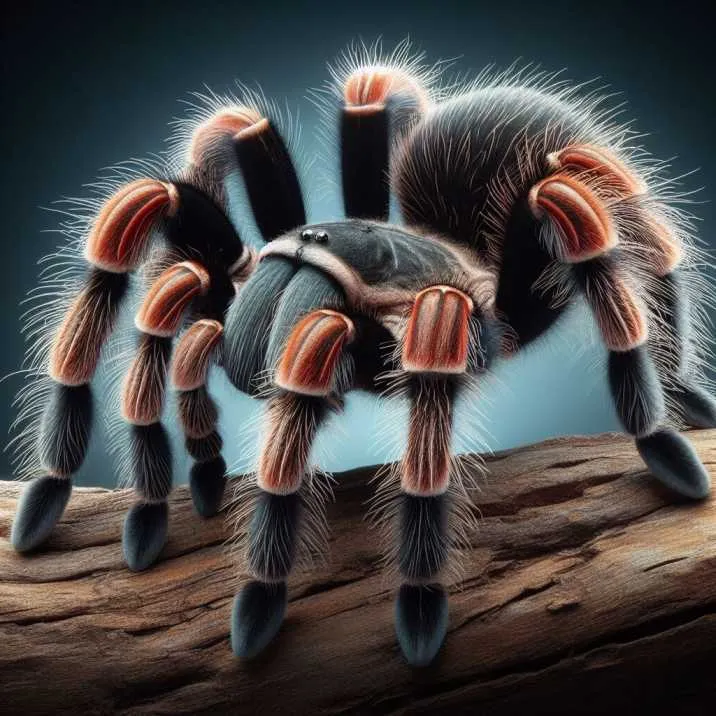
Size and Appearance
Tarantulas vary in size significantly, with some species only reaching a few inches in leg span, while others, like the Goliath Birdeater (Theraphosa blondi), can have a leg span of over 10 inches. The appearance of tarantulas is also quite diverse, with various colors and markings. Colors range from muted browns and blacks to bright blues, oranges, and reds. Examining the overall body shape, the presence of urticating hairs (in New World tarantulas), and the specific markings on the carapace and legs can help in identifying a species. These characteristics are important for distinguishing between different tarantula kinds.
Coloration and Markings
Coloration and markings are key features to use for identifying tarantula kinds. Some tarantulas have bold patterns on their legs and abdomen, while others have more subtle color variations. Observing the pattern on the carapace, the color of the hairs, and the presence of any unique markings, such as stripes or spots, can narrow down the possibilities. Comparing these characteristics to images and descriptions of known species can help to accurately identify the tarantula. The specific coloration and markings are frequently used in field guides to differentiate between closely related species.
Behavioral Characteristics
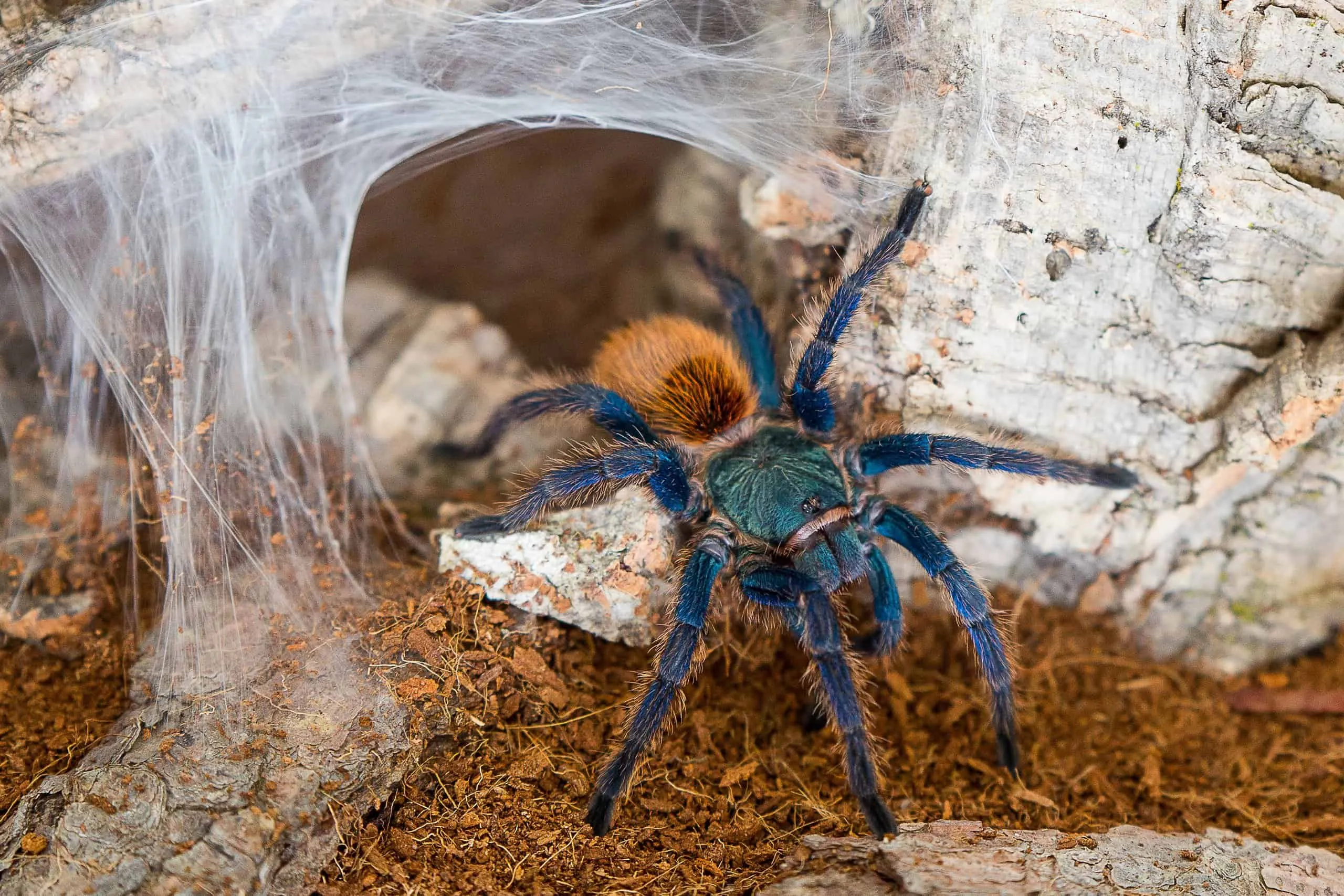
Behavioral characteristics can also assist in identifying tarantula kinds. Some species are more docile and less prone to bite or flick hairs, while others are known for their defensive behavior. The speed at which a tarantula moves, its posture when threatened, and its reaction to disturbances can provide clues. Observing the tarantula’s burrowing habits, feeding preferences, and the types of prey it prefers can also offer valuable insights. Comparing these behavioral traits to documented species characteristics is important for identification. Some species are more active during the day, while others are nocturnal, which also aids in identification.
